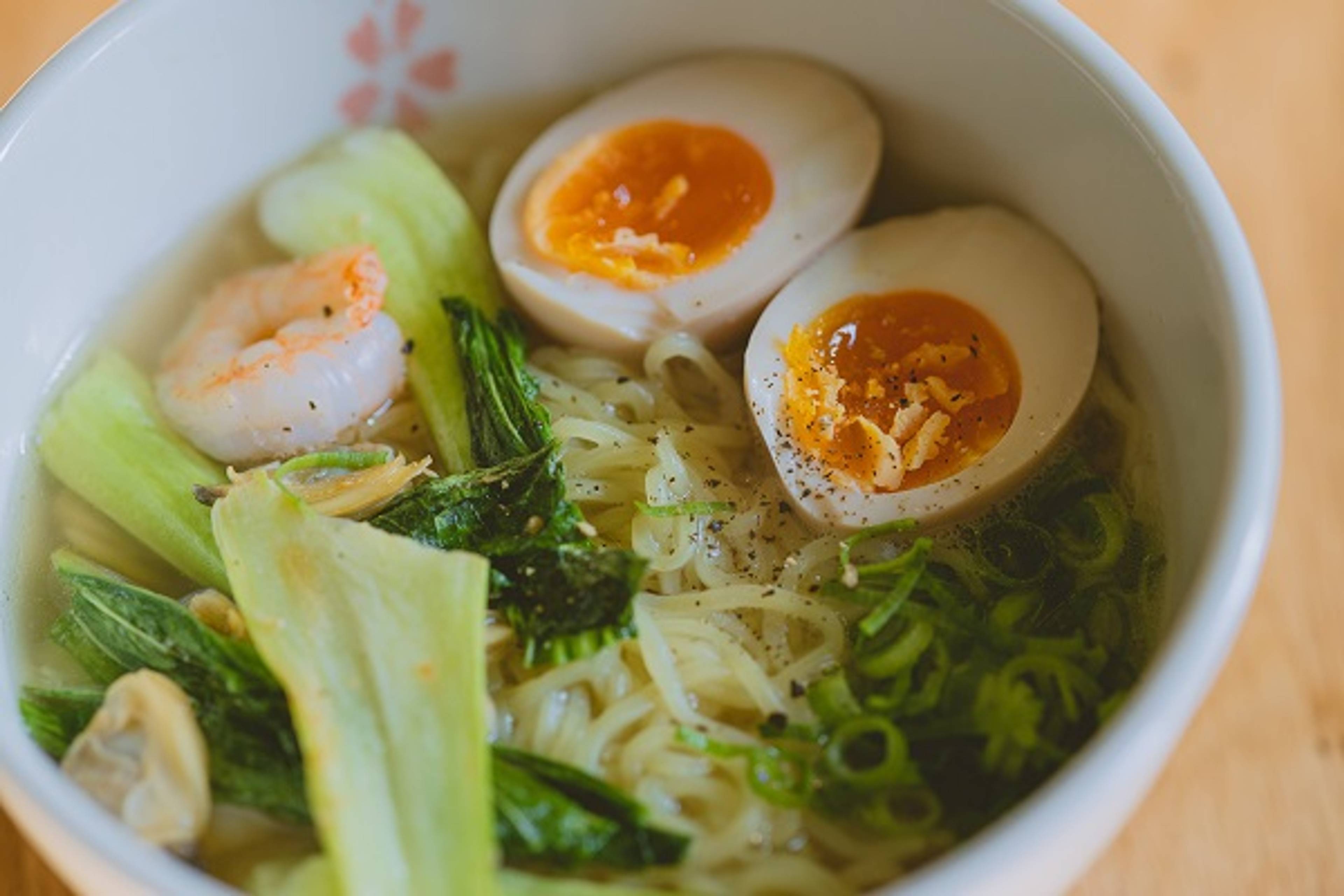The Four Types of Ramen You Should Know
Ramen Noodles 101
Maybe you’ve had the pleasure of delicious homemade ramen. Maybe you’ve become skilled in elevating instant ramen into a quick, tasty, affordable meal. Maybe you’ve never had it at all. But whether you’re a ramen veteran or simply ramen-curious, it will help to know the four main types of ramen as you slurp your way toward expertise.
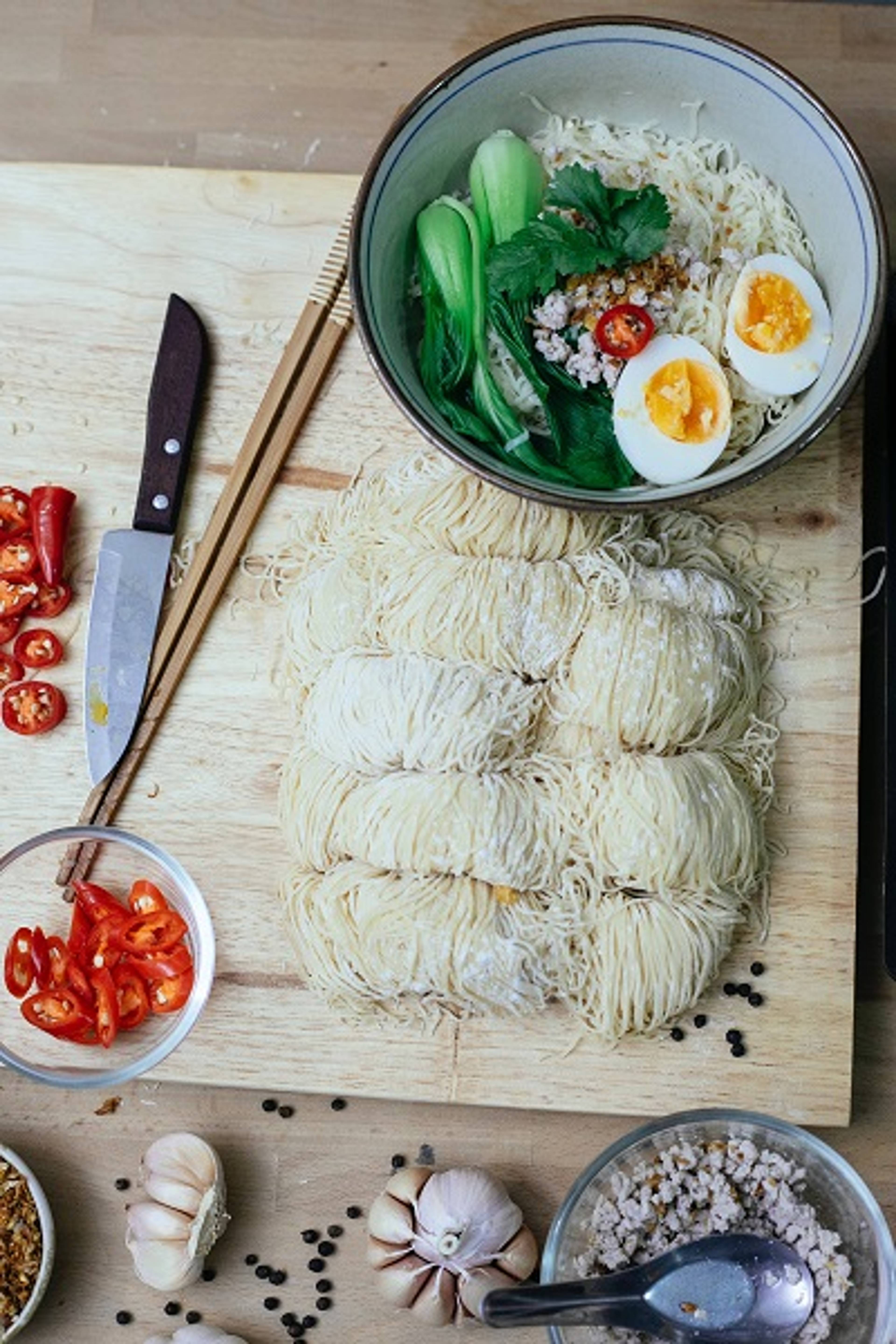
What Is Ramen, and What Are Ramen Noodles Made of?
The 4 Types of Ramen You Should Know
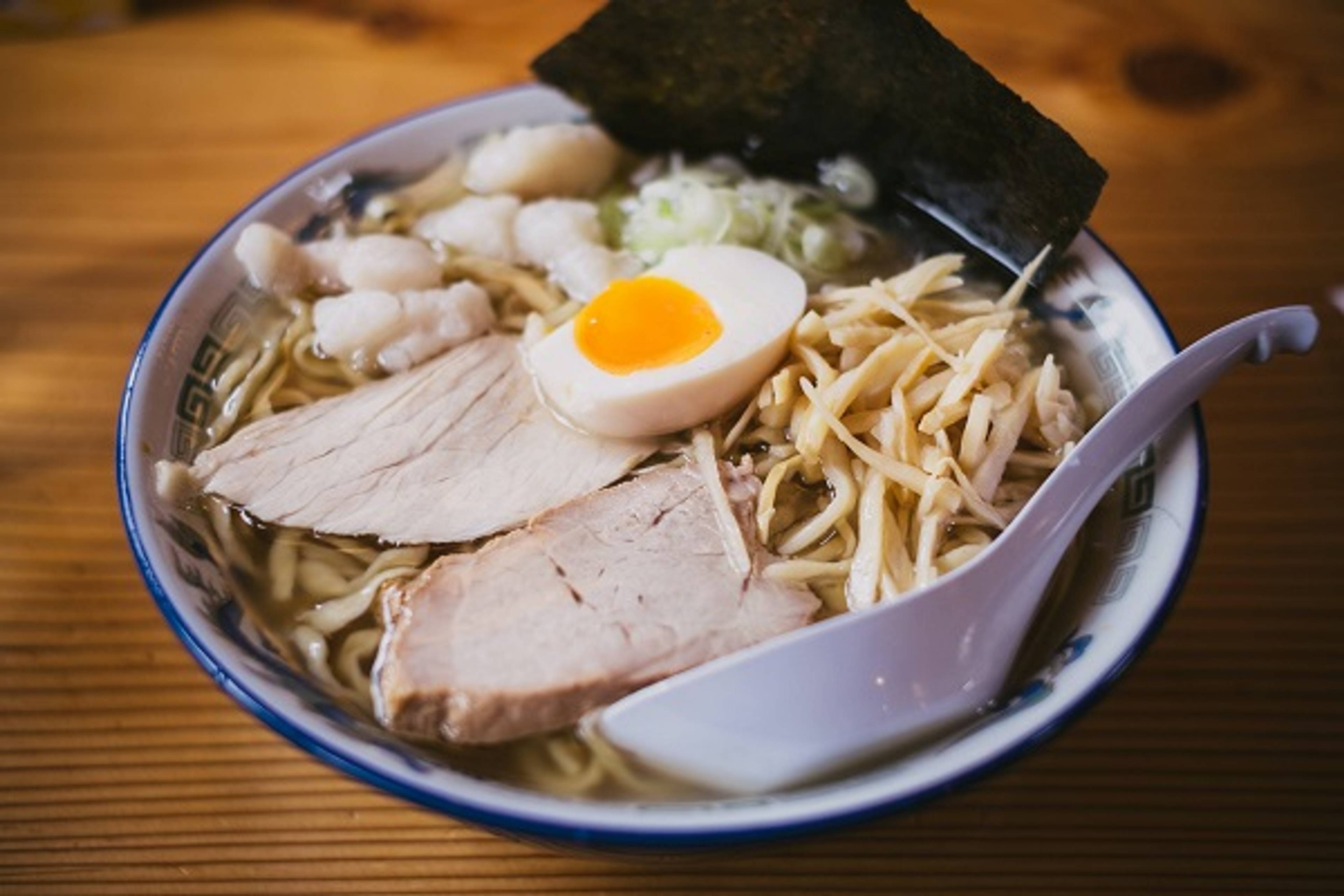
1. What Is Shoyu Ramen?
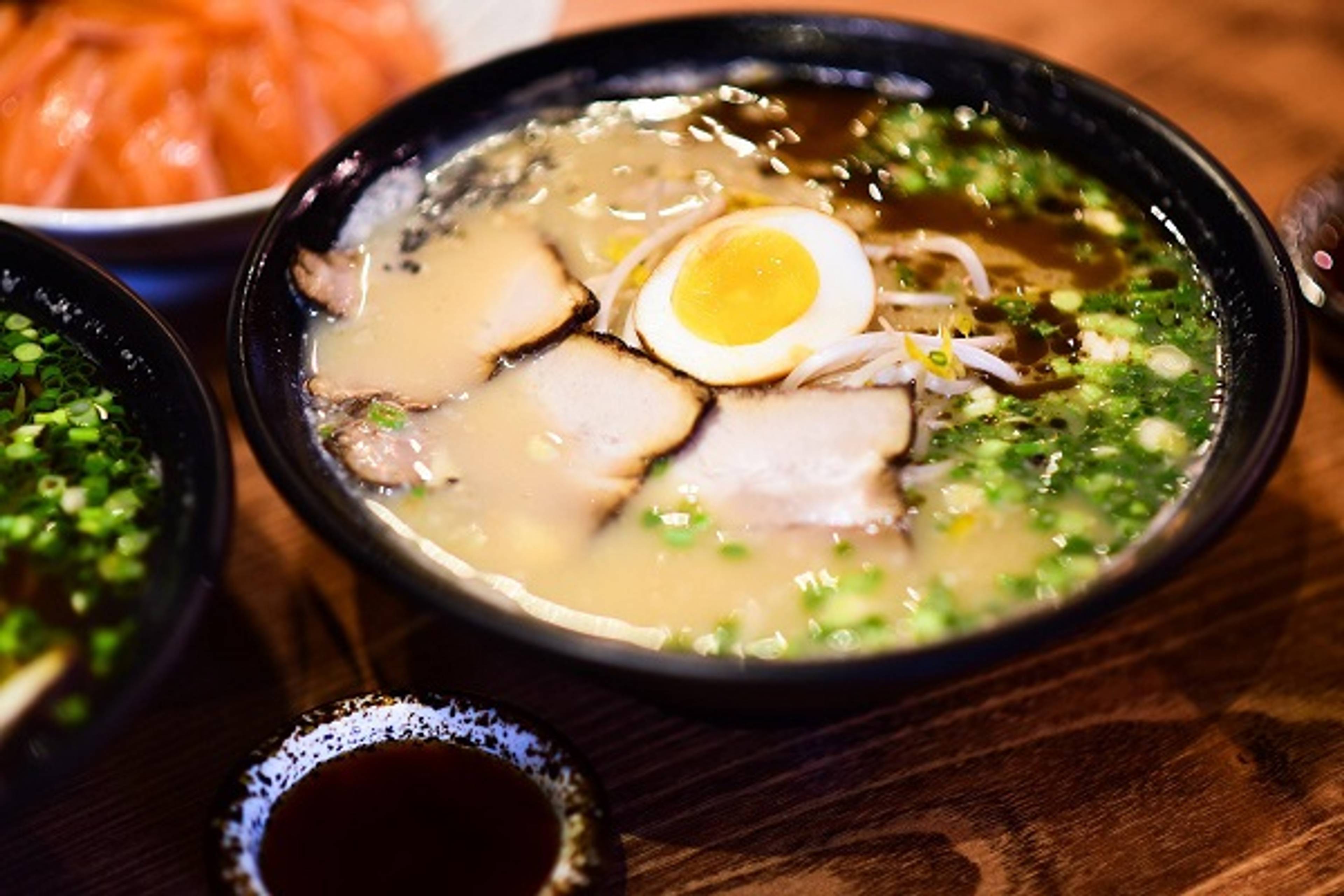
2. What Is Tonkotsu Ramen?
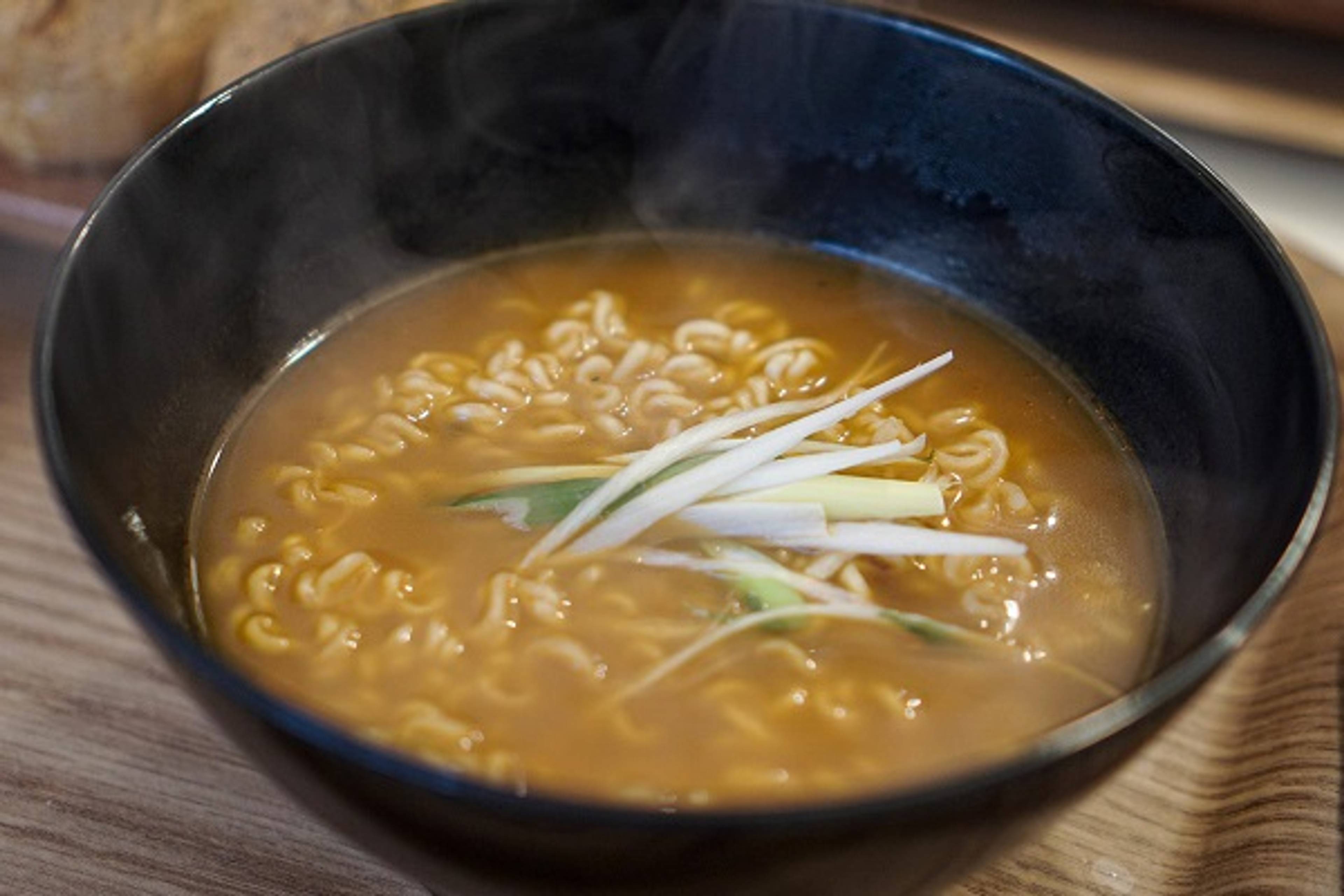
3. What Is Miso Ramen?
